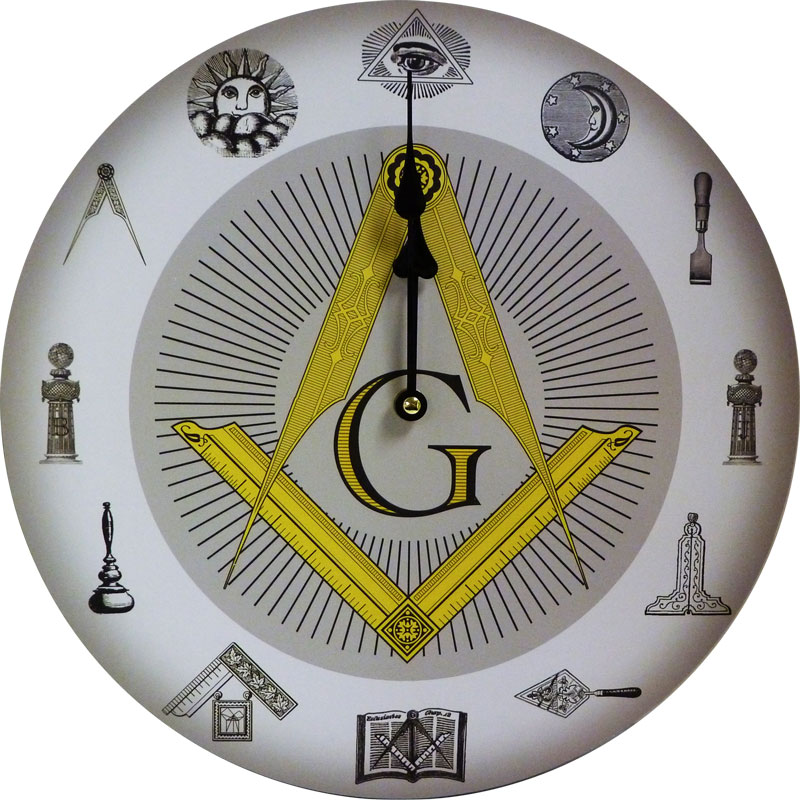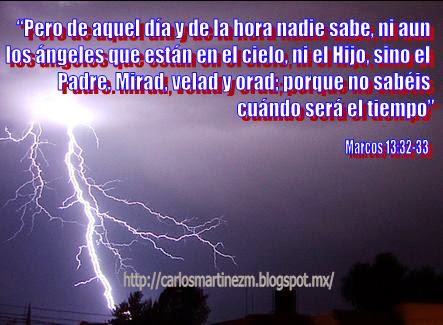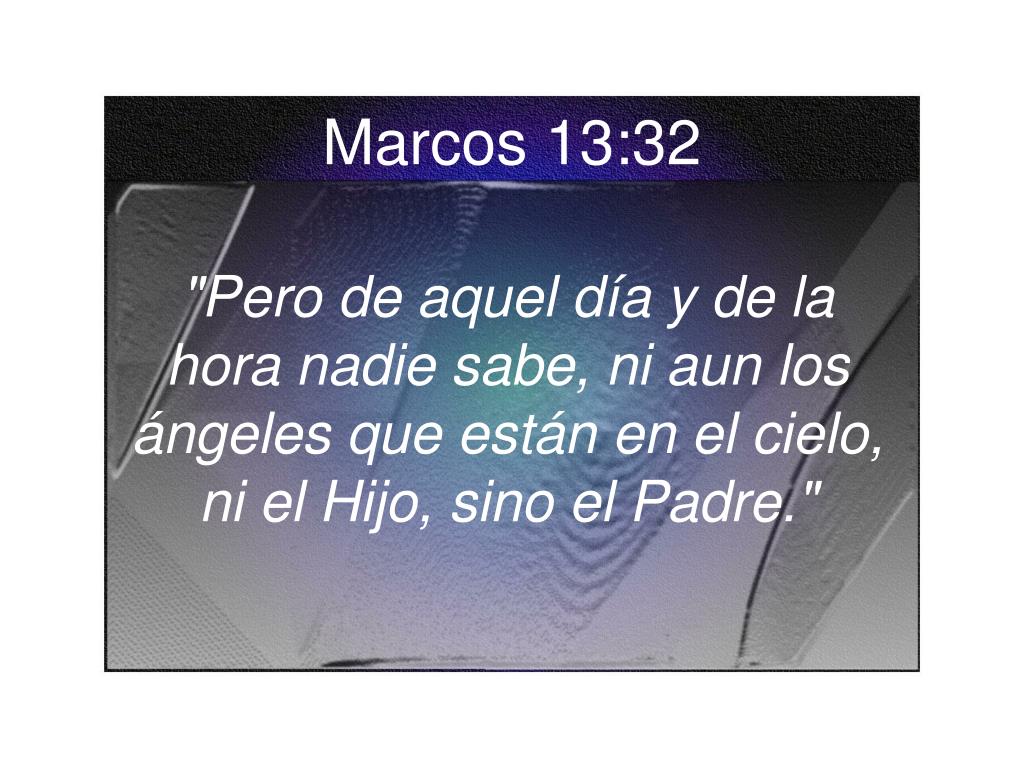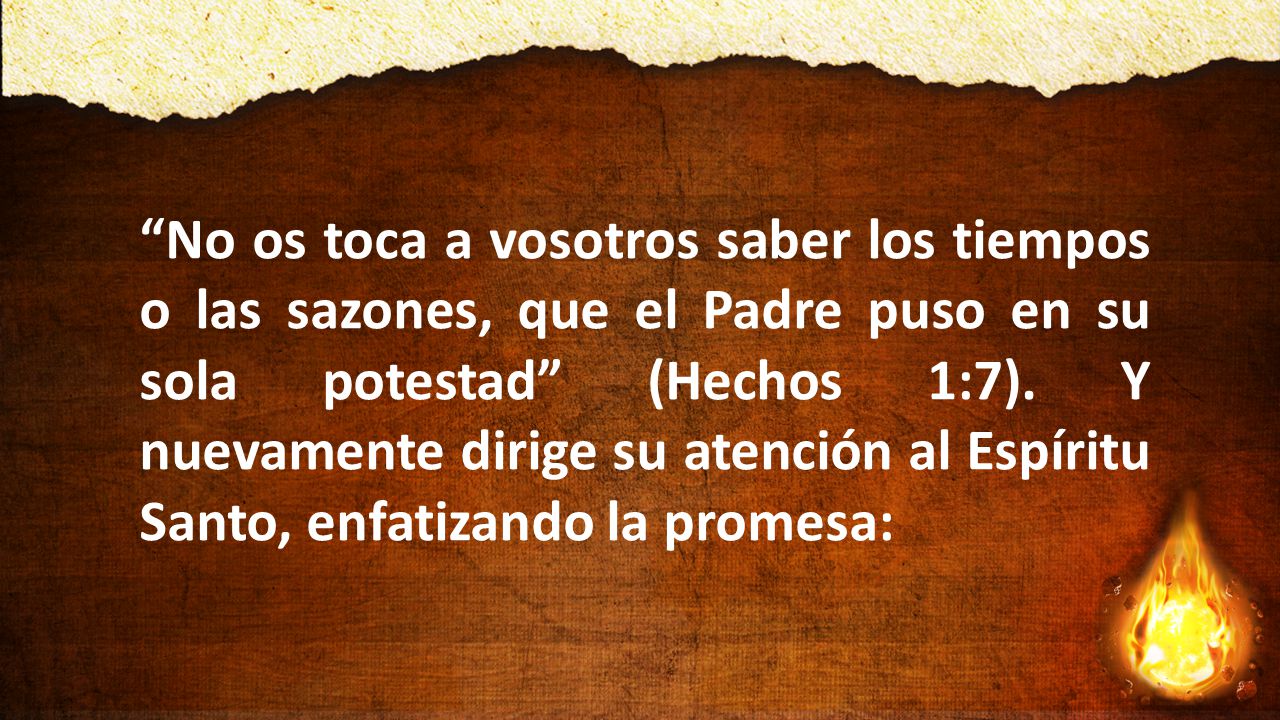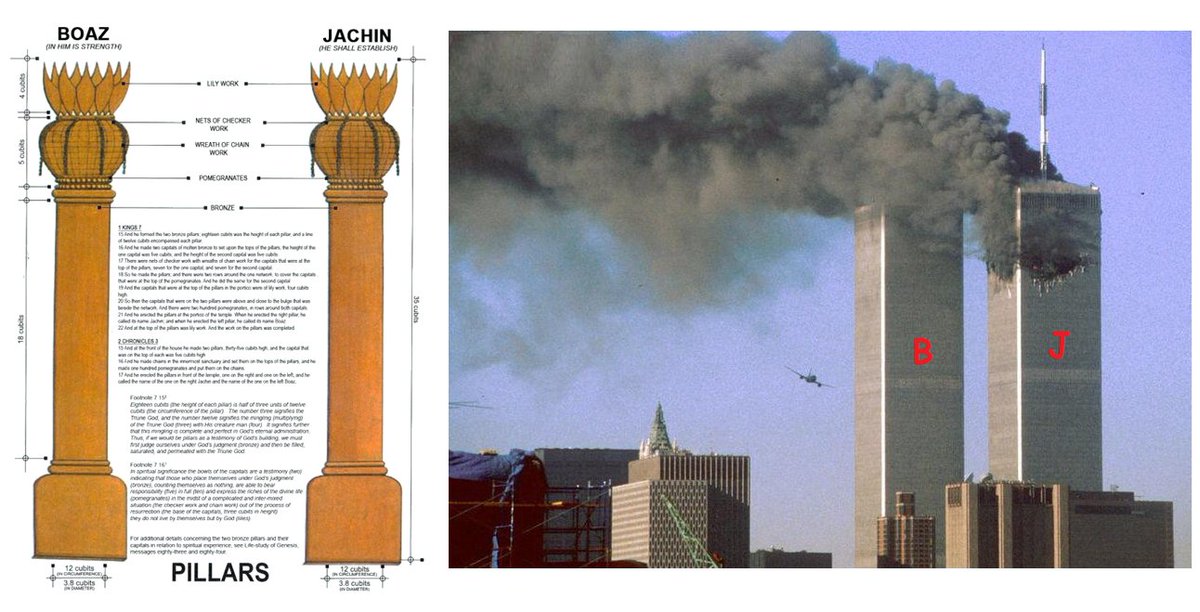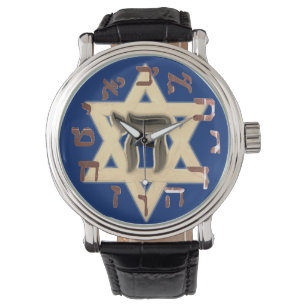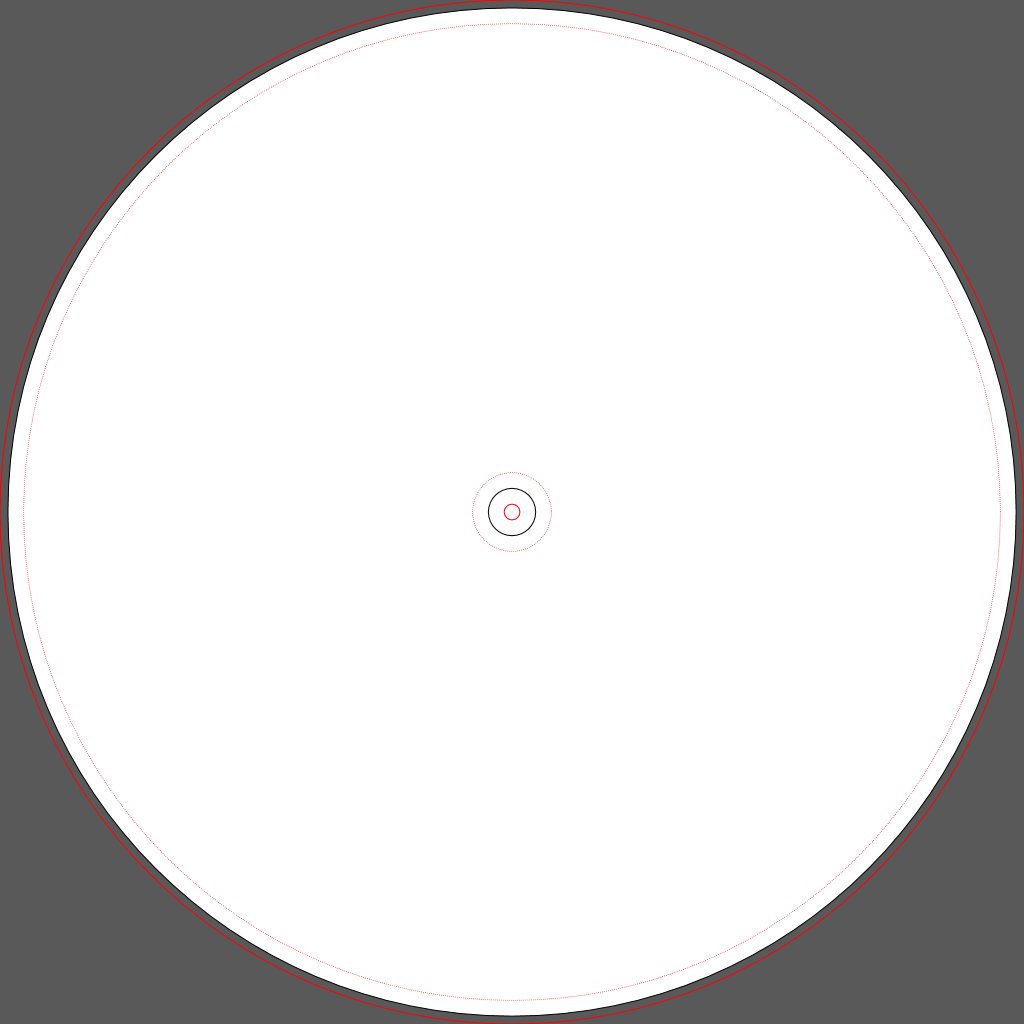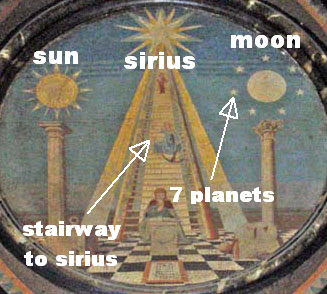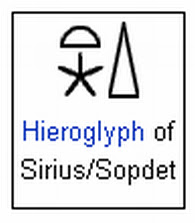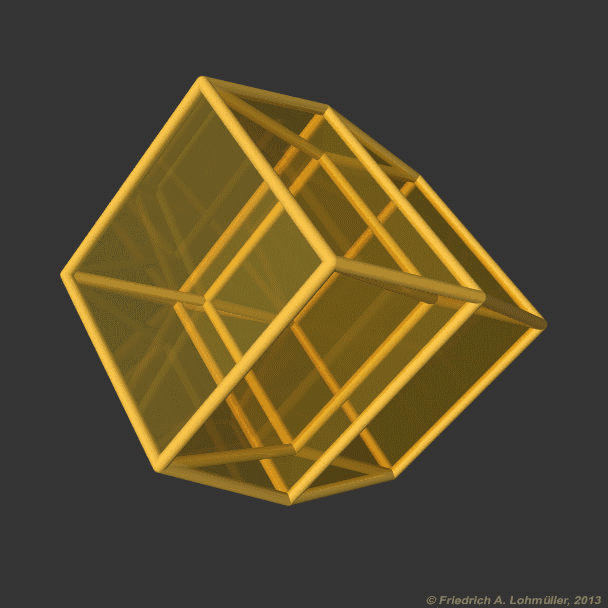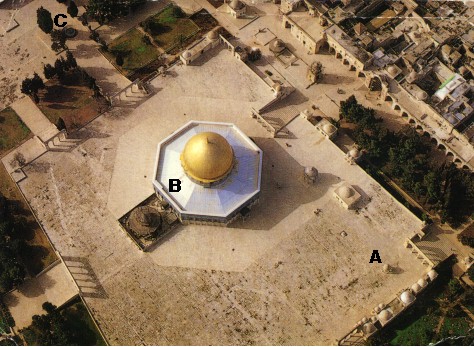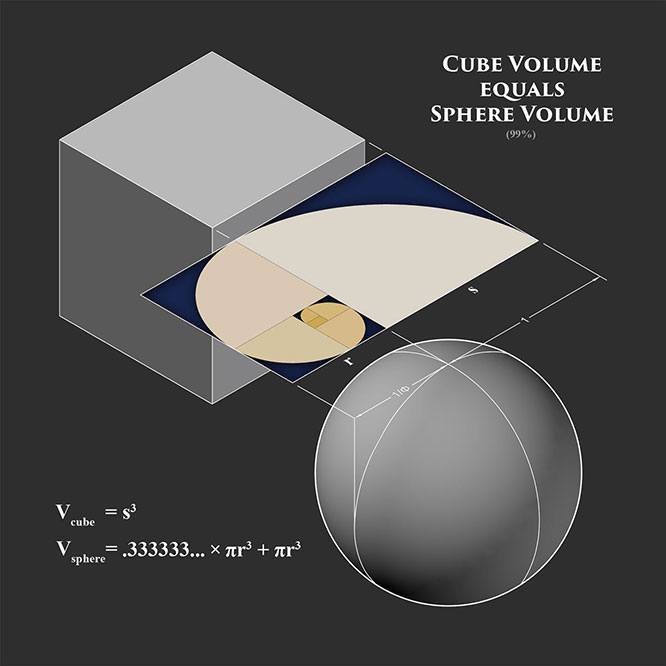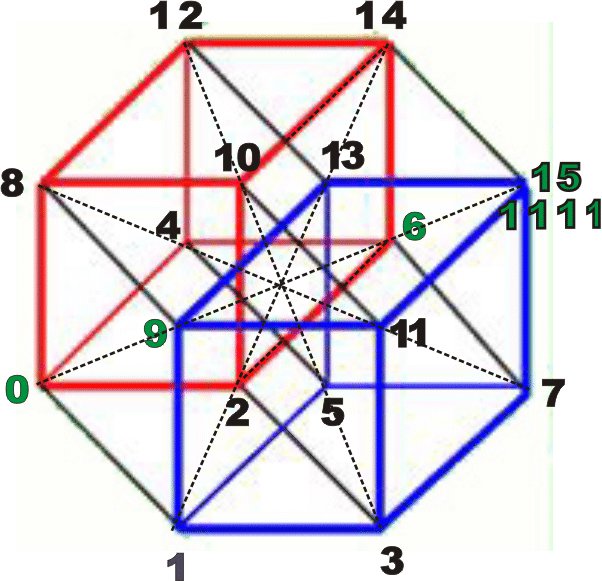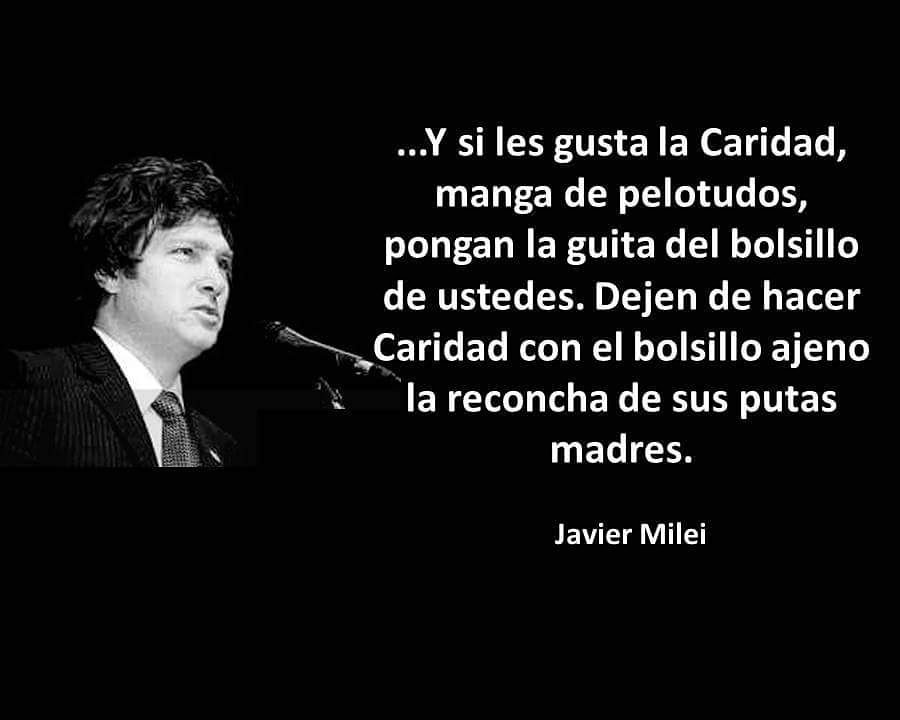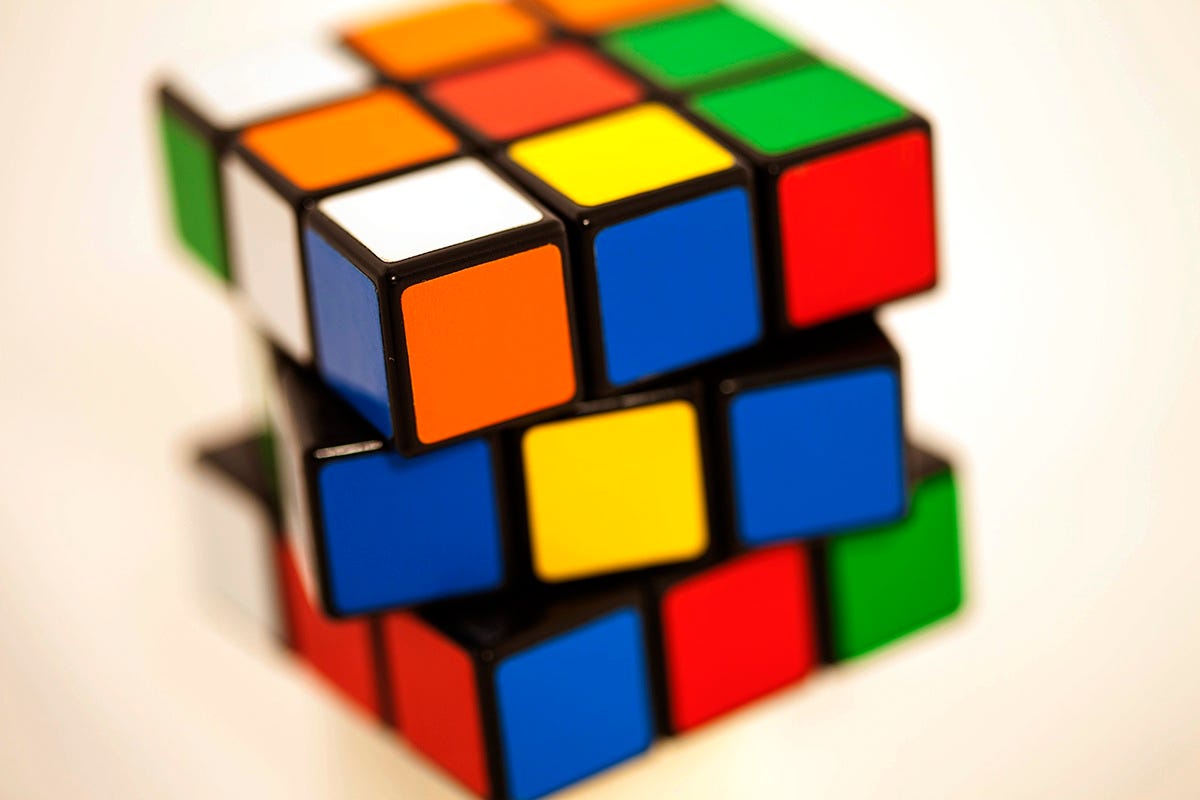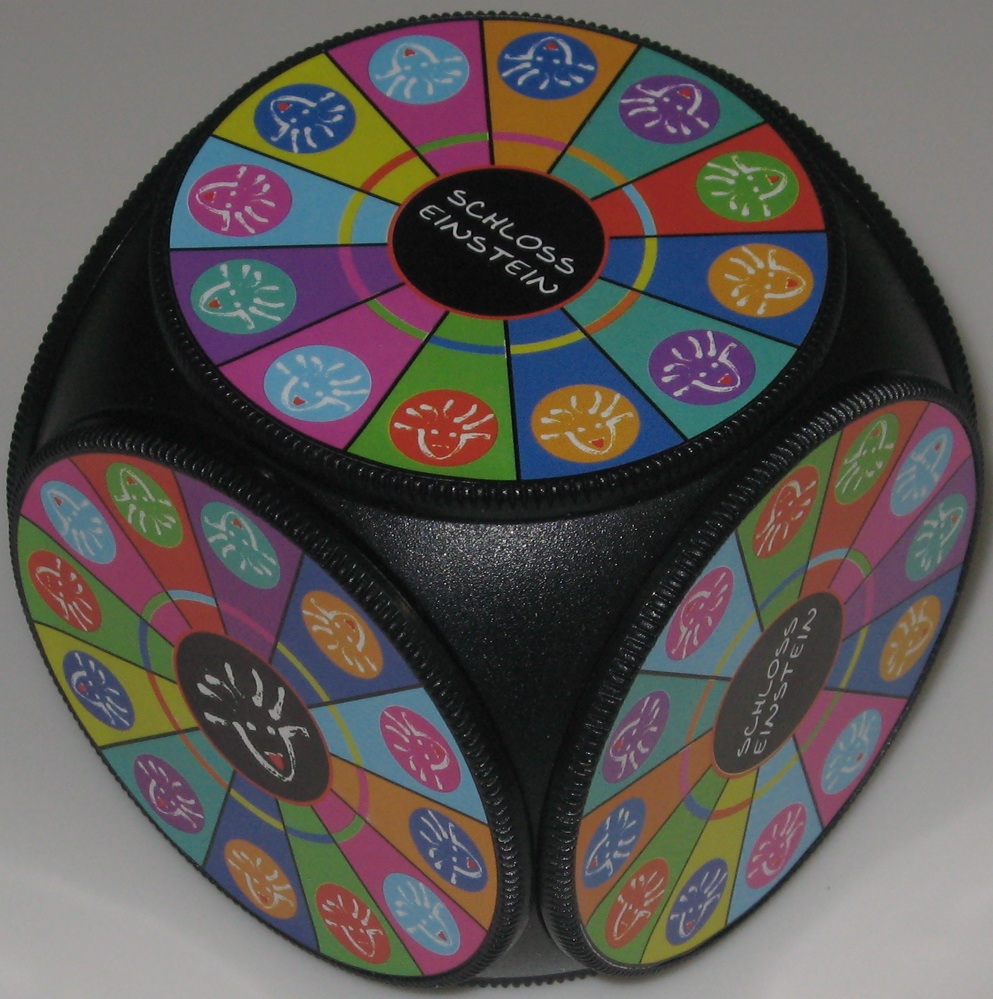The Fibonacci sequence has a pattern that repeats every 24 numbers.
Numeric reduction is a technique used in analysis of numbers in which all the digits of a number are added together until only one digit remains. As an example, the numeric reduction of 256 is 4 because 2+5+6=13 and 1+3=4.
Applying numeric reduction to the Fibonacci series produces an infinite series of 24 repeating digits:
1, 1, 2, 3, 5, 8, 4, 3, 7, 1, 8, 9, 8, 8, 7, 6, 4, 1, 5, 6, 2, 8, 1, 9
If you take the first 12 digits and add them to the second twelve digits and apply numeric reduction to the result, you find that they all have a value of 9.
| 1st 12 numbers | 1 | 1 | 2 | 3 | 5 | 8 | 4 | 3 | 7 | 1 | 8 | 9 |
| 2nd 12 numbers | 8 | 8 | 7 | 6 | 4 | 1 | 5 | 6 | 2 | 8 | 1 | 9 |
| Numeric reduction – Add rows 1 and 2 | 9 | 9 | 9 | 9 | 9 | 9 | 9 | 9 | 9 | 9 | 9 | 18 |
| Final numeric reduction – Add digits of result | 9 | 9 | 9 | 9 | 9 | 9 | 9 | 9 | 9 | 9 | 9 | 9 |
This pattern was contributed both by Joseph Turbeville and then again by a mathematician by the name of Jain.
We would expect a pattern to exist in the Fibonacci series since each number in the series encodes the sum of the previous two. What’s not quite so obvious is why this pattern should repeat every 24 numbers or why the first and last half of the series should all add to 9.
For those of you from the “Show Me” state, this pattern of 24 digits is demonstrated in the numeric reduction of the first 73 numbers of the Fibonacci series, as shown below:
|
Fibonacci Number |
Numeric reduction by adding digits | ||
| 1st Level | 2nd Level | Final Level | |
| Example: 2,584 | 2+5+8+4=19 | 1+9=10 | 1+0=1 |
| 0 | 0 | 0 | 0 |
| 1 | 1 | 1 | 1 |
| 1 | 1 | 1 | 1 |
| 2 | 2 | 2 | 2 |
| 3 | 3 | 3 | 3 |
| 5 | 5 | 5 | 5 |
| 8 | 8 | 8 | 8 |
| 13 | 4 | 4 | 4 |
| 21 | 3 | 3 | 3 |
| 34 | 7 | 7 | 7 |
| 55 | 10 | 1 | 1 |
| 89 | 17 | 8 | 8 |
| 144 | 9 | 9 | 9 |
| 233 | 8 | 8 | 8 |
| 377 | 17 | 8 | 8 |
| 610 | 7 | 7 | 7 |
| 987 | 24 | 6 | 6 |
| 1,597 | 22 | 4 | 4 |
| 2,584 | 19 | 10 | 1 |
| 4,181 | 14 | 5 | 5 |
| 6,765 | 24 | 6 | 6 |
| 10,946 | 20 | 2 | 2 |
| 17,711 | 17 | 8 | 8 |
| 28,657 | 28 | 10 | 1 |
| 46,368 | 27 | 9 | 9 |
| 75,025 | 19 | 10 | 1 |
| 121,393 | 19 | 10 | 1 |
| 196,418 | 29 | 11 | 2 |
| 317,811 | 21 | 3 | 3 |
| 514,229 | 23 | 5 | 5 |
| 832,040 | 17 | 8 | 8 |
| 1,346,269 | 31 | 4 | 4 |
| 2,178,309 | 30 | 3 | 3 |
| 3,524,578 | 34 | 7 | 7 |
| 5,702,887 | 37 | 10 | 1 |
| 9,227,465 | 35 | 8 | 8 |
| 14,930,352 | 27 | 9 | 9 |
| 24,157,817 | 35 | 8 | 8 |
| 39,088,169 | 44 | 8 | 8 |
| 63,245,986 | 43 | 7 | 7 |
| 102,334,155 | 24 | 6 | 6 |
| 165,580,141 | 31 | 4 | 4 |
| 267,914,296 | 46 | 10 | 1 |
| 433,494,437 | 41 | 5 | 5 |
| 701,408,733 | 33 | 6 | 6 |
| 1,134,903,170 | 29 | 11 | 2 |
| 1,836,311,903 | 35 | 8 | 8 |
| 2,971,215,073 | 37 | 10 | 1 |
| 4,807,526,976 | 54 | 9 | 9 |
| 7,778,742,049 | 55 | 10 | 1 |
| 12,586,269,025 | 46 | 10 | 1 |
| 20,365,011,074 | 29 | 11 | 2 |
| 32,951,280,099 | 48 | 12 | 3 |
| 53,316,291,173 | 41 | 5 | 5 |
| 86,267,571,272 | 53 | 8 | 8 |
| 139,583,862,445 | 58 | 13 | 4 |
| 225,851,433,717 | 48 | 12 | 3 |
| 365,435,296,162 | 52 | 7 | 7 |
| 591,286,729,879 | 73 | 10 | 1 |
| 956,722,026,041 | 44 | 8 | 8 |
| 1,548,008,755,920 | 54 | 9 | 9 |
| 2,504,730,781,961 | 53 | 8 | 8 |
| 4,052,739,537,881 | 62 | 8 | 8 |
| 6,557,470,319,842 | 61 | 7 | 7 |
| 10,610,209,857,723 | 51 | 6 | 6 |
| 17,167,680,177,565 | 67 | 13 | 4 |
| 27,777,890,035,288 | 73 | 10 | 1 |
| 44,945,570,212,853 | 59 | 14 | 5 |
| 72,723,460,248,141 | 51 | 6 | 6 |
| 117,669,030,460,994 | 65 | 11 | 2 |
| 190,392,490,709,135 | 62 | 8 | 8 |
| 308,061,521,170,129 | 46 | 10 | 1 |
| 498,454,011,879,264 | 72 | 9 | 9 |
Thanks to Joseph Turbeville for sending “A Glimmer of Light from the Eye of a Giant” and to Helga Hertsig for bringing Jain’s discovery of this pattern to my attention.


